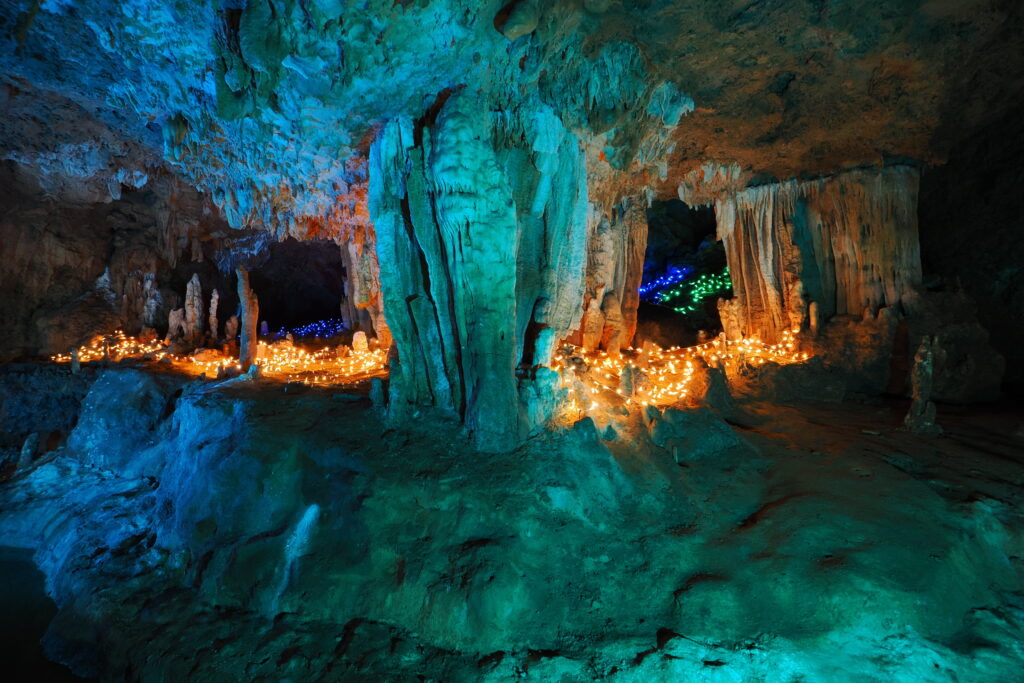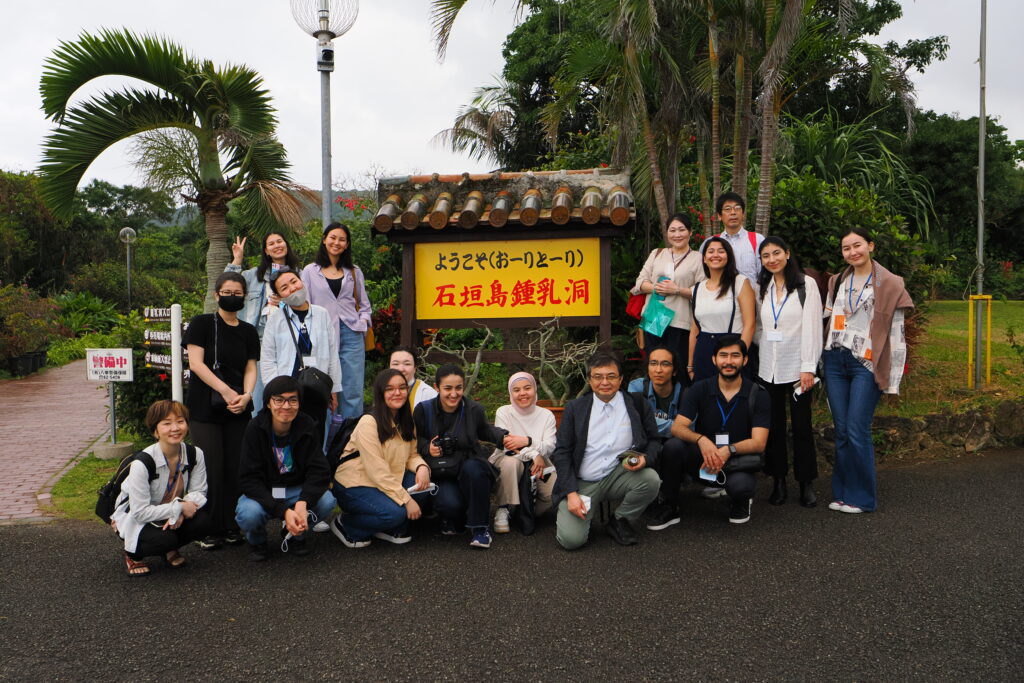Aizada Badiyeva
The limestone cave of Ishigaki is a natural wonder located on the island of Ishigaki in Okinawa, Japan. NipCA fellows had an exclusive opportunity to visit this place which is officially known as Ishigaki Island Limestone Cave, and it is also called the Gyokusendo Cave.

The cave system is estimated to be around 300,000 years old and spans over 5 kilometers in length. Visitors can take a guided tour through the cave to see the impressive stalactites and stalagmites, as well as the underground river that runs through it.

The Ishigaki Island Limestone Cave is unique in several ways:
- Size and Length: The cave system spans over 5 kilometers in length, making it one of the largest cave systems in Japan. However, only a small portion of the cave is open to visitors.
- Natural Formation: The cave was formed over millions of years by the erosion of limestone by groundwater, resulting in the stunning rock formations seen today. The cave has a unique natural environment with its underground river, which runs through it.
- Wildlife: The cave is home to a diverse range of unique wildlife, including rare species of fish, crustaceans, and spiders that are adapted to the dark and humid environment. Some of these species are found only in this cave system and are not found anywhere else in the world.
- Rock Formations: The cave features several impressive rock formations, including stalactites and stalagmites that have formed over thousands of years. One of the most impressive formations is the “Snow Mountain,” which resembles a snow-capped peak.
- Historical Significance: The cave has cultural and historical significance for the local people, who believe that it is a sacred site. The cave was also used as a shelter during World War II by local residents and is a reminder of the island’s wartime history.
Overall, the Ishigaki Island Limestone Cave is a unique natural wonder that combines stunning rock formations with rare wildlife and historical significance.




